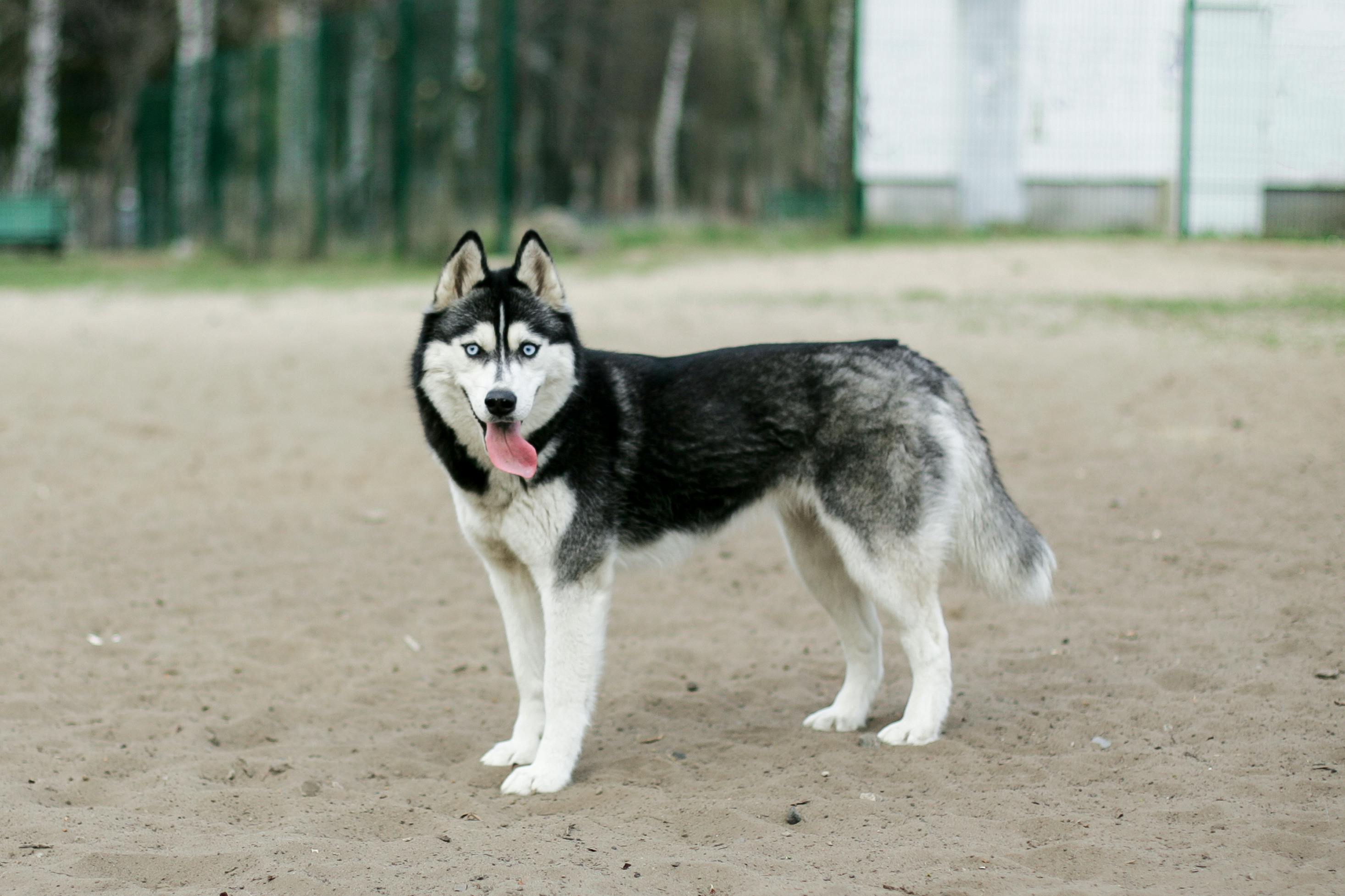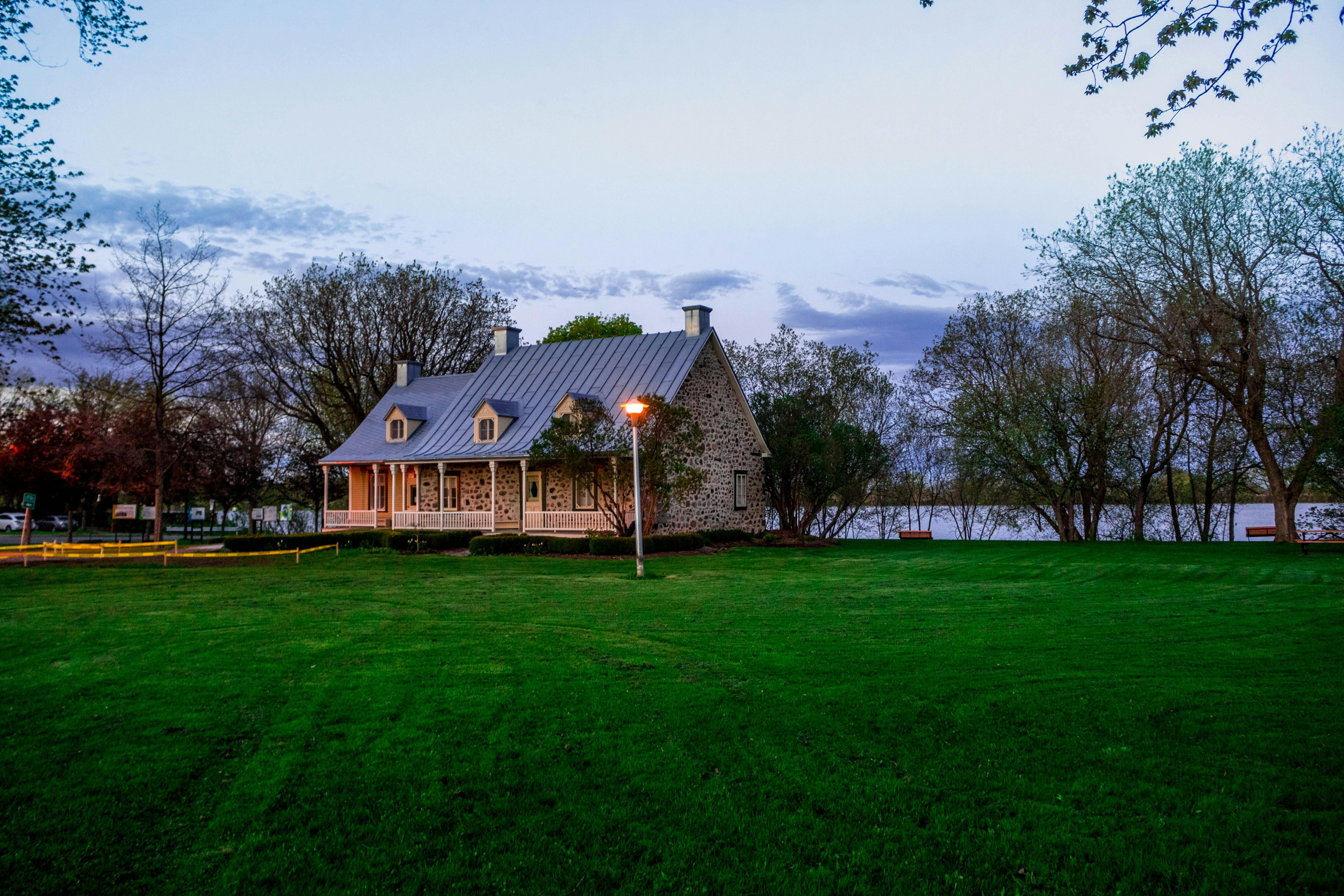Our current agricultural system has many flaws with inefficiencies and unsustainable practices. Sustainable agriculture is a journey more than a destination; its goal is to maintain ecosystems, support biodiversity and withstand the challenges of our delicate world. This essay presents three serious problems: loss of soil, depletion of water and food supply, and examines possible solutions. For now, there is no fully sustainable agricultural system, but the future shows the potential for many improvements.
Soil is the key to life on earth; Proper soil is the most important factor for growing crops. Therefore, soil erosion is a major obstacle for farmers around the world. Soil must be treated as a non-renewable resource; It takes at least 100 years to create an inch of soil, according to the USDA, Natural Resources Conservation Service. The amount of unusable land in our lifetime will not be replaced for many, many generations. Erosion removes top and top soil, which often has the highest biological activity and the highest amount of soil organic matter. This causes a loss of nutrients and often creates a less favorable environment for plant growth. Plants need this soil for root growth, to keep them from being blown away by the wind and the weather, as well as a deeper root depth for water, air, and nutrients. Once nutrients cannot support plant growth on site, soil can accumulate in the water and cause many ecological problems, such as algal blooms and eutrophication of lakes.
This problem is not new and there are many practices to prevent further erosion. The Soil Erosion Act of 1935, the first national soil conservation program, was a response to the greatest soil erosion crisis in history, the Dust Bowl. He established the Soil Conservation Service, now USDA-NRCS, or Natural Resources Conservation Service, to help farmers and ranchers use conservation techniques on their lands. These practices include contour plowing, strip cropping, terraces, no-till farming, buffer belts, crop rotation, and legume or residue cover crops.
Due to unsustainable irrigation, grazing and cultivation practices, surface / rainwater is not enough to meet our agricultural needs. In the 1950s a major water resource problem was created with the introduction of electric pumps, which allowed the use of groundwater for irrigation. A groundwater system prior to development is in long-term equilibrium; the extracted water is balanced by the added water and the stored water volume remains relatively constant.
While dependence on irrigation for agriculture is not likely to go away, there are smarter methods of irrigation and water conservation. Soil moisture meters can be used to irrigate fields only when the soil is dry, preventing waterlogging and reducing water waste. Hourly and morning / evening irrigation methods can be used to reduce water loss through evaporation and use the least amount of water needed. Withdrawals from aquifers can be reduced with these methods, as well as by choosing better crops (growing less corn, wasting less water), re-evaluating which crops need irrigation (corn and other intensive crops are not used for human consumption, but for animals) . feed and ethanol), and eliminate subsidies for crops that use more water (higher costs due to higher water consumption). Also, these crops are grown in areas that are not conducive to their growth naturally. For example, the majority of all irrigated corn acreage in the US is in four states: Nebraska, Kansas, Texas, and Colorado. These four states have different climates and types of soil. A shift towards growing crops in an area where your needs can be better met will naturally reduce irrigation practices dramatically.
Flood irrigation is one of the most popular crop irrigation methods. The water is pumped or carried to the fields and allowed to flow through the soil between the crops. This method is simple and inexpensive, and is widely used by societies in the less developed parts of the world, as well as the United States. However, it is neither effective nor sustainable; approximately half of the water used does not reach the crops.
Wastewater can be minimized by leveling the fields; Flood irrigation uses gravity to transport water, so the water rushes into downhill areas and does not cover the field evenly. By leveling the field, the water will be able to flow evenly across all fields. It can also be reduced by flash floods. It is a less traditional type of flood irrigation; Typically, water is simply released into a field, but loose floodwaters release water at pre-set intervals, effectively reducing unwanted runoff. Finally, the capture and reuse of runoff will increase efficiency. A great deal of flood irrigation water is wasted because it runs off the edges and back of fields. Water runoff can be captured in ponds and pumped back to the field, where it is reused for the next irrigation cycle.
Drip irrigation is known as the most water-efficient irrigation method. Water falls near the root zone of a plant in a dripping motion. This requires a large number of tubes to ensure that irrigation reaches all the plants in a garden, but results in less water waste. The system can be programmed to run on a timer, manually operated, or programmed to respond to current conditions. If the system is installed correctly, it can consistently reduce water loss through evaporation and runoff, as well as reduce weed growth. Drip irrigation also reduces nutrient loss to the soil, decreases leaching to the water table and local waterways, and reduces water loss due to evaporation. Soil damage caused by sprinkling and other types of irrigation is also reduced.
These problems are compounded by our current farming system; many crops are grown in unfavorable regions and require synthetic fertilizers, irrigation, and pesticides. One attempt to grow more efficient and ecologically sound crops is GM crops. These genetically modified crops were questioned in class discussion and favored by a minority of students. While the current system presents many problems, its future potential cannot be ignored. My classmates spoke out against technology for a multitude of reasons, including mental and aesthetic preference for organic / natural foods, lack of knowledge about the toxicological effects of GM foods. They also criticized agribusinesses for seeking profit without worrying about potential dangers, and the government for failing to exercise adequate regulatory oversight.
Tolerance to extreme drought, cold and salinity is perhaps one of the most important modifications for the future of agriculture. As the world’s population grows and the need for new agricultural land increases, crops will have to be grown in places that were previously unsuitable for growing plants. Creating plants that can withstand long periods of freezing, drought, or high salt content in soil and groundwater will help people grow crops in previously inhospitable places. For example, transgenic salmon, infused with genes from other fish species, grow faster than wild salmon and can survive in colder waters, allowing salmon to thrive in new environments. However, it is not currently on the market. Another modification off the market is the antifreeze gene. An unexpected frost can destroy sensitive seedlings and ruin an entire crop. A cold-water fish antifreeze gene has been introduced into plants such as tobacco and potatoes. With this antifreeze gene, these plants can tolerate cold temperatures that would normally kill unmodified seedlings. This technology will allow these plants to grow in cooler temperatures where they would not normally germinate.
Traditionally, American agriculture has been marked by inefficiency and waste. Soil has been massively depleted and fields have become sallow, aquifers have been depleted and water has been wasted or evaporated, and food production is being pressured to meet the demands of a growing world population. Fortunately, the situation is not as dire as it seems; Many conservation techniques have been implemented to help revitalize the soil, new technology will help protect our finite water resources, and human ingenuity is being applied to food production. Clearly, we are on our way to a more modern, sustainable and efficient agricultural system.









